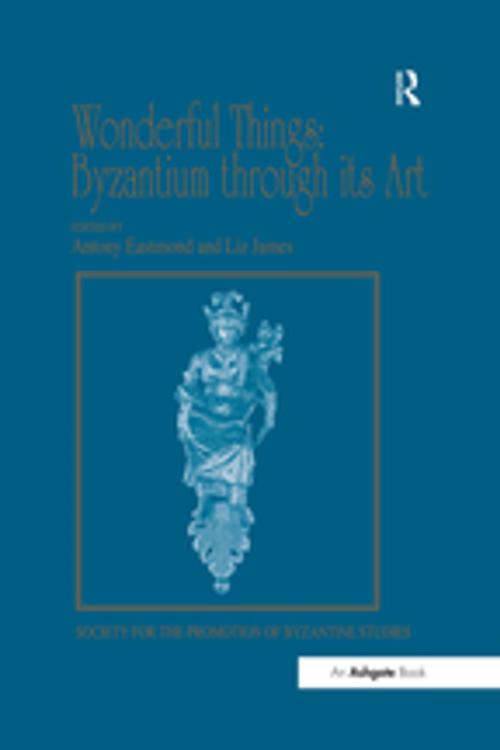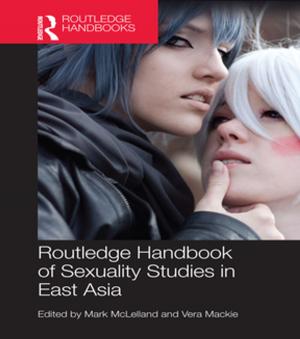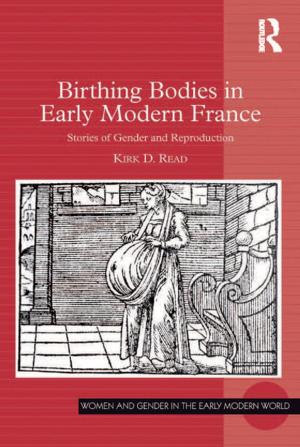Wonderful Things: Byzantium through its Art
Papers from the 42nd Spring Symposium of Byzantine Studies, London, 20-22 March 2009
Nonfiction, Art & Architecture, Art History| Author: | ISBN: | 9781351871099 | |
| Publisher: | Taylor and Francis | Publication: | December 5, 2016 |
| Imprint: | Routledge | Language: | English |
| Author: | |
| ISBN: | 9781351871099 |
| Publisher: | Taylor and Francis |
| Publication: | December 5, 2016 |
| Imprint: | Routledge |
| Language: | English |
The essays collected in this book were delivered at the XLII Spring Symposium of Byzantine Studies, held in London in 2009 to accompany the exhibition Byzantium 330-1453, at the Royal Academy. The exhibition was one of the most ambitious and complex exhibitions ever mounted at the Royal Academy, as well as one of the most popular, and the overall aim of the book is to reflect on the exhibition of Byzantine art, both as an academic and popular exercise, and through the choice and discussion of individual objects. Exhibitions present a very different picture of Byzantium and its culture from works of history. The choices of object for display, their arrangement, and the underlying aims of exhibition curators and designers mean that every exhibition presents a different picture of Byzantium. Particular emphases can be placed, whether on everyday life or high court culture; Constantinople or the provinces; or claims of continuity or change over the Byzantine millennium. The essays explore aspects of the image of Byzantium that results from these choices. Given the enormous popularity of exhibitions of Byzantine objects (continued after the completion of this volume by exhibitions in Paris, Bonn and Istanbul), art has become one of the most popular and accessible means of popularizing Byzantium to a wide public audience. Hitherto there has been no general consideration of either the historiography of Byzantine exhibitions or the ways in which they have been set up to present different aspects of Byzantine culture to an academic and general public. The essays are divided into 3 sections: Exhibiting Byzantium sets the 2009 exhibition into the context of other exhibitions of Byzantine art and considers the issues involved in curating and viewing such major collections of medieval art; Object Lessons offers a set of studies of individual objects that were in the exhibition; Byzantium through its Art moves to consider Byzantine art more widely, thinking about the different ways in which objects can be used to study Byzantine culture and society. These are preceded by an introduction by the editors which sets the volume in context.
The essays collected in this book were delivered at the XLII Spring Symposium of Byzantine Studies, held in London in 2009 to accompany the exhibition Byzantium 330-1453, at the Royal Academy. The exhibition was one of the most ambitious and complex exhibitions ever mounted at the Royal Academy, as well as one of the most popular, and the overall aim of the book is to reflect on the exhibition of Byzantine art, both as an academic and popular exercise, and through the choice and discussion of individual objects. Exhibitions present a very different picture of Byzantium and its culture from works of history. The choices of object for display, their arrangement, and the underlying aims of exhibition curators and designers mean that every exhibition presents a different picture of Byzantium. Particular emphases can be placed, whether on everyday life or high court culture; Constantinople or the provinces; or claims of continuity or change over the Byzantine millennium. The essays explore aspects of the image of Byzantium that results from these choices. Given the enormous popularity of exhibitions of Byzantine objects (continued after the completion of this volume by exhibitions in Paris, Bonn and Istanbul), art has become one of the most popular and accessible means of popularizing Byzantium to a wide public audience. Hitherto there has been no general consideration of either the historiography of Byzantine exhibitions or the ways in which they have been set up to present different aspects of Byzantine culture to an academic and general public. The essays are divided into 3 sections: Exhibiting Byzantium sets the 2009 exhibition into the context of other exhibitions of Byzantine art and considers the issues involved in curating and viewing such major collections of medieval art; Object Lessons offers a set of studies of individual objects that were in the exhibition; Byzantium through its Art moves to consider Byzantine art more widely, thinking about the different ways in which objects can be used to study Byzantine culture and society. These are preceded by an introduction by the editors which sets the volume in context.















